Table of content
Introduction
Ice powder, known as bingfen in Mandarin, is a beloved Chinese dessert renowned for its refreshing texture and subtle sweetness. Originating from the Sichuan province, this jelly-like treat has become a staple of summer cuisine across China and beyond. Made from the seeds of the false mint plant (Platostoma palustre), ice powder offers a delicate balance of floral and herbal notes, complemented by a silky-smooth consistency that melts on the tongue. This article delves into the history, ingredients, and meticulous process of crafting authentic ice powder, ensuring both tradition and innovation shine through in every batch.
A Brief History of Ice Powder
The origins of ice powder trace back to the Ming Dynasty (1368–1644), where it emerged as a street food in Sichuan’s bustling markets. Legend has it that a local chef accidentally discovered the gelling properties of the false mint plant while experimenting with herbal remedies. The resulting jelly, served chilled with syrup, quickly gained popularity for its ability to combat the region’s sweltering summers.
Over centuries, ice powder evolved from a humble street snack to a cultural icon. During the Qing Dynasty, it became a favored dessert in imperial courts, with chefs refining its preparation and presentation. Today, it remains a symbol of summer, sold in night markets, tea houses, and family kitchens alike. Its adaptability—paired with everything from red bean paste to fresh fruit—has cemented its place as a timeless culinary treasure.
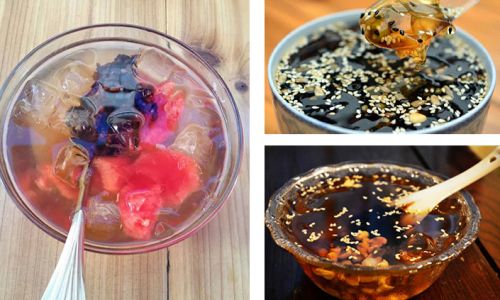
Key Ingredients: Nature’s Bounty
The magic of ice powder lies in its simplicity. Only a handful of ingredients are required, each playing a crucial role in achieving the dessert’s signature texture and flavor.
-
False Mint Seeds (Platostoma palustre)
The star ingredient, these tiny seeds contain a natural mucilage that forms a gel when mixed with water. Often labeled as “ice powder seeds” or “Chinese mesona,” they are available in dried form at Asian markets or online. -
Lime Water (Calcium Hydroxide Solution)
A traditional gelling agent derived from burnt lime, lime water enhances the jelly’s firmness while neutralizing any bitterness from the seeds. It is critical to use food-grade lime water, available in powdered or liquid form. -
Sweeteners
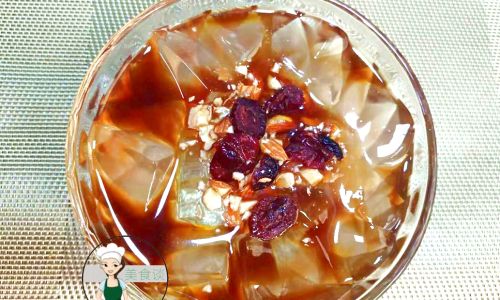
- Brown Sugar Syrup: A classic choice, its caramel-like richness balances the herbal notes.
- Rock Sugar: Dissolved in water, it imparts a clean sweetness.
- Honey or Agave: For a floral twist, though traditionalists may prefer cane sugar.
-
Toppings and Mix-Ins
- Red Beans: Slow-cooked until tender, they add a creamy contrast.
- Taro Balls: Chewy tapioca pearls dyed with natural food coloring.
- Fresh Fruit: Mango, lychee, or strawberries for a tropical flair.
- Crushed Peanuts or Sesame Seeds: For nutty crunch.
- Grass Jelly: A bittersweet herbal jelly that pairs beautifully with sweet syrups.
Equipment Essentials
While ice powder requires minimal tools, precision ensures success:
- Blender or Mortar and Pestle: To grind the seeds and release their mucilage.
- Fine-Mesh Strainer: Essential for removing seed husks and impurities.
- Heavy-Bottomed Pot: For boiling the mixture without scorching.
- Wooden Spoon: Avoids reacting with lime water.
- Glass or Ceramic Container: To set the jelly (non-reactive materials prevent discoloration).
The Craft: Step-by-Step Preparation
Seed Preparation
- Soak the Seeds: Rinse 50 grams of dried ice powder seeds under cold water to remove debris. Soak in 1.5 liters of water for 30 minutes to soften.
- Grind Gently: Using a blender on low speed or a mortar, grind the seeds for 2–3 minutes. This breaks the seed coats, releasing the mucilage. Avoid over-blending, which can introduce bitterness.
Straining and Extracting Gel
- Strain the Mixture: Pour the ground seeds and water through a fine-mesh strainer lined with cheesecloth. Press firmly to extract all liquid, discarding the solids.
- Result: You should obtain approximately 1.2 liters of murky green liquid—rich in mucilage.
Adding Lime Water
- Dissolve Lime Water: In a separate bowl, mix 1 teaspoon of lime water with 2 tablespoons of cold water.
- Combine Gradually: Slowly pour the lime water mixture into the seed liquid while stirring continuously. This step is critical: too much lime water will yield a bitter, rubbery texture; too little results in a soft, unset jelly.
Boiling and Setting
- Heat the Mixture: Transfer the liquid to a heavy-bottomed pot and bring to a gentle simmer over medium-low heat. Stir constantly to prevent clumping.
- Remove Scum: Skim off any foam that rises to the surface.
- Test for Doneness: Dip a wooden spoon into the liquid; if it coats the spoon without dripping immediately, it’s ready.
- Set the Jelly: Pour the mixture into a shallow container and let cool at room temperature for 1 hour. Refrigerate for 4–6 hours until firm.
Cutting and Serving
- Cube the Jelly: Once set, use a knife dipped in hot water to slice the jelly into 1-inch cubes. The warmth prevents sticking.
- Assemble Bowls: Layer ice powder cubes with syrup, toppings, and a splash of coconut milk or evaporated milk for creaminess.
Regional Variations and Modern Twists
While Sichuan-style ice powder emphasizes simplicity, regional adaptations abound:
- Taiwanese Shaved Ice (Baobing): Ice powder is shaved into delicate ribbons and layered with fruit, condensed milk, and adzuki beans.
- Hong Kong-Style: Pair with mango sago or black glutinous rice for a decadent treat.
- Vegan Adaptations: Substitute lime water with agar-agar or konjac powder for a plant-based gel.
- Flavored Syrups: Experiment with rosewater, osmanthus, or matcha-infused syrups.
The Science Behind the Gel
The false mint seed’s mucilage contains polysaccharides, long-chain sugars that form a weak gel when hydrated. Lime water introduces calcium ions, which cross-link the polysaccharides, creating a stronger, more stable network. This reaction, known as ionic gelation, is similar to the process used in cheese-making.
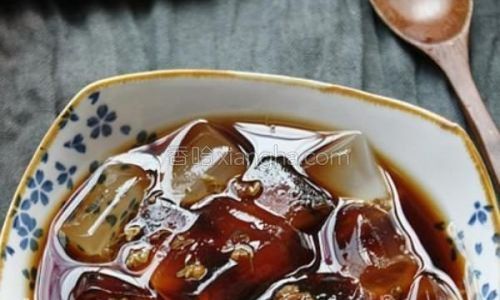
Health Benefits and Nutritional Profile
Ice powder is more than a dessert—it’s a nutritional powerhouse:
- High in Fiber: A single serving provides 15% of the daily recommended intake, aiding digestion.
- Antioxidant-Rich: The seeds contain flavonoids that combat oxidative stress.
- Low in Calories: With only 50–70 calories per serving (excluding toppings), it’s a guilt-free indulgence.
Troubleshooting Common Issues
- Gritty Texture: Over-grinding the seeds releases hull fragments. Strain twice if needed.
- Bitter Aftertaste: Reduce lime water by 25% and ensure thorough rinsing of seeds.
- Soft Jelly: Increase lime water by ½ teaspoon or extend boiling time by 5 minutes.
- Cloudy Appearance: Avoid high heat, which denatures proteins and causes opacity.
Cultural Significance and Modern Revival
Ice powder transcends its culinary role, embodying China’s agricultural heritage and culinary ingenuity. In Sichuan, it’s served during Duanwu Festival to symbolize purity and renewal. Globally, chefs are reimagining it as a vegan panna cotta substitute or a base for avant-garde desserts.
Conclusion: A Timeless Delight
Crafting ice powder is an alchemical dance between tradition and technique. From the humble seed to the vibrant bowl, each step honors centuries of culinary wisdom. Whether enjoyed in a bustling Chengdu night market or a suburban kitchen, this dessert invites us to slow down, savor, and connect with a legacy as enduring as summer itself.
Final Tip: Experiment with seasonal ingredients—peach puree in summer, persimmon in autumn. Let your creativity flow, and soon, you’ll be crafting ice powder that’s uniquely yours.
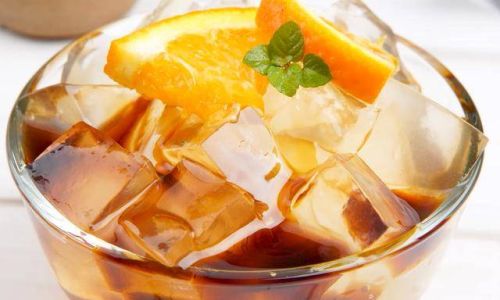
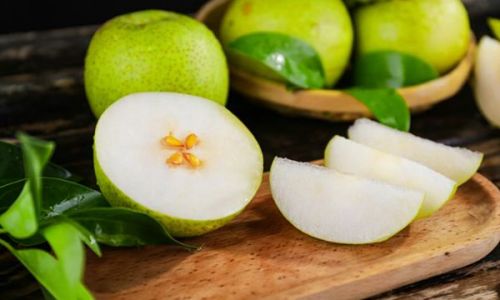
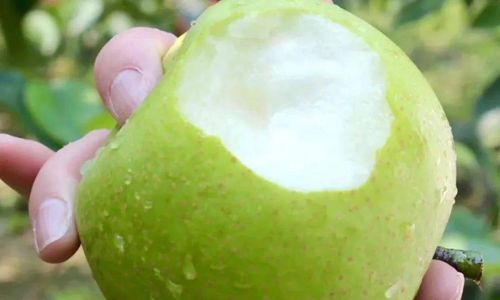


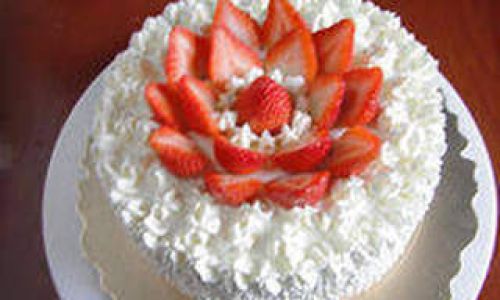
0 comments